In ground or roof top garden
saoodhashim
10 years ago
Related Stories

GROUND COVERSGround Force: 10 Top Ground Covers for Your Garden
Protect your soil from weeds and drought this summer with a living mulch of ground covers
Full Story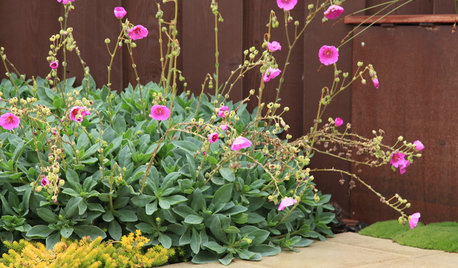
GROUND COVERS10 Succulents That Make Pretty, Easy-Care Ground Covers
These low-growing succulents create interest in the drought-tolerant garden
Full Story
GREEN BUILDINGThe Big Freeze: Inventors Break New Ground to Keep Things Cool
Old-fashioned fridges can be energy guzzlers, but there are more eco-friendly ways of keeping food fresh, as these global innovations show
Full Story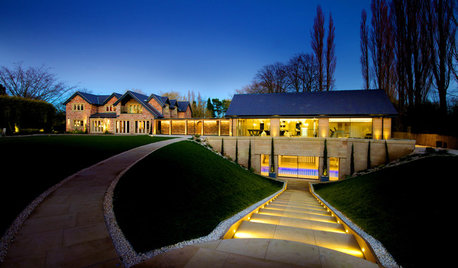
LANDSCAPE DESIGNHow Grading Shapes the Ground and Manages Stormwater
Understand how an overall grading plan provides a framework for a great landscape design
Full Story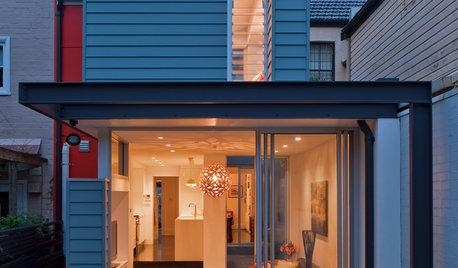
HOUZZ TOURSHouzz Tour: Butterfly Roofs Top a Sydney Terrace House
Modern remodel retains 19th century facade while pouring natural light into new and old spaces
Full Story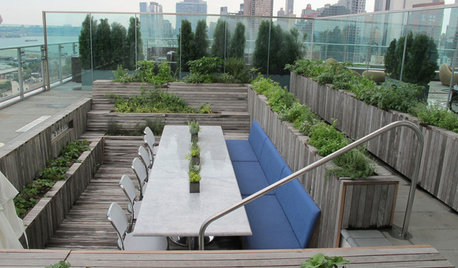
EDIBLE GARDENSLessons From an Edible Garden on a City Roof
Reincarnation of New York City rooftop pool proves edible landscaping is possible just about anywhere
Full Story
GARDENING GUIDESGreat Design Plant: Bugle Weed, a Quick Ground Cover
It’s highly adaptable, suppresses weeds, reduces erosion and provide weeks of bright flowers. Just watch for invasiveness
Full Story
GARDENING GUIDES5 Weed-Smothering Ground Covers
Let these landscape plants do the dirty work of choking out weeds while you sit back and enjoy the view
Full Story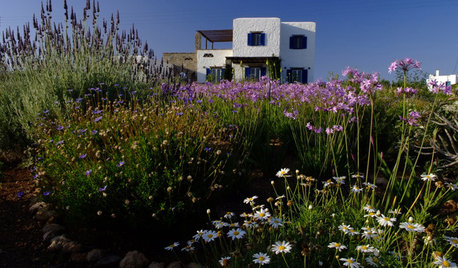
GARDENING AND LANDSCAPINGHigher Ground: 6 Spectacular Landscapes
From Hollywood to Grecian shores, these landscapes have a field day with color, style and unparalleled views
Full Story
GARDENING GUIDESHow to Prep Your Ground for a Healthy New Lawn
Seed or sod that falls on weedy, lumpy soil is a wasted effort. Follow these steps to ensure that your new lawn will thrive
Full StoryMore Discussions







digdirt2
nancyjane_gardener
Related Professionals
Seabrook Landscape Architects & Landscape Designers · Washington Landscape Architects & Landscape Designers · Dunwoody Landscape Contractors · Elmhurst Landscape Contractors · Hilo Landscape Contractors · Newnan Landscape Contractors · Northport Landscape Contractors · Pleasant Grove Landscape Contractors · Pompton Lakes Landscape Contractors · Ponte Vedra Beach Landscape Contractors · Severna Park Landscape Contractors · Shoreview Landscape Contractors · Thornton Landscape Contractors · Watertown Landscape Contractors · White Bear Lake Landscape ContractorssaoodhashimOriginal Author
digdirt2
saoodhashimOriginal Author
glib
digdirt2
nancyjane_gardener
saoodhashimOriginal Author
floral_uk z.8/9 SW UK
saoodhashimOriginal Author
DirtandYarn
glib
saoodhashimOriginal Author
greenman62
glib
veggievicki
saoodhashimOriginal Author
glib
JoppaRich
saoodhashimOriginal Author
saoodhashimOriginal Author
glib
saoodhashimOriginal Author
glib